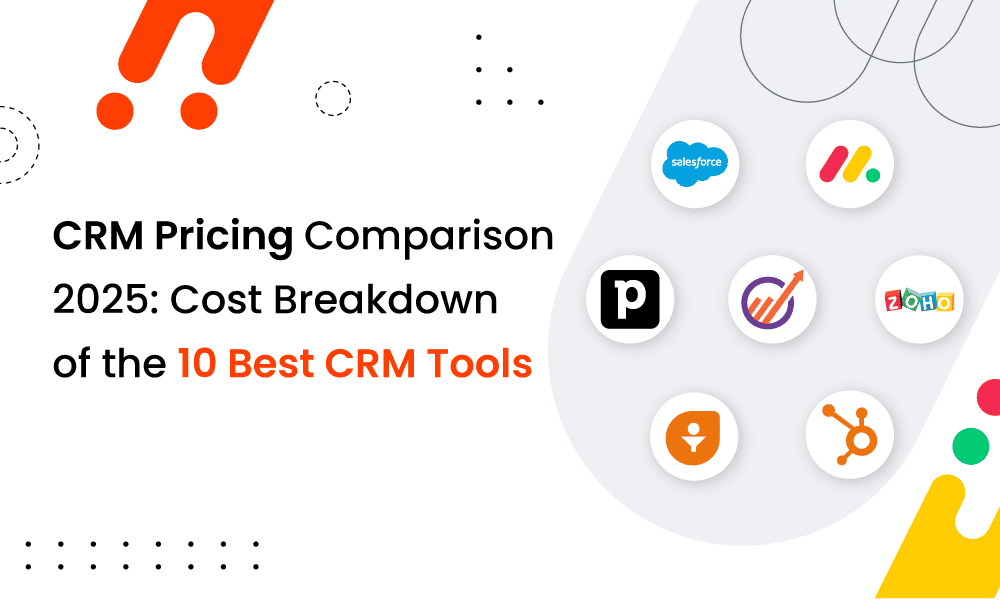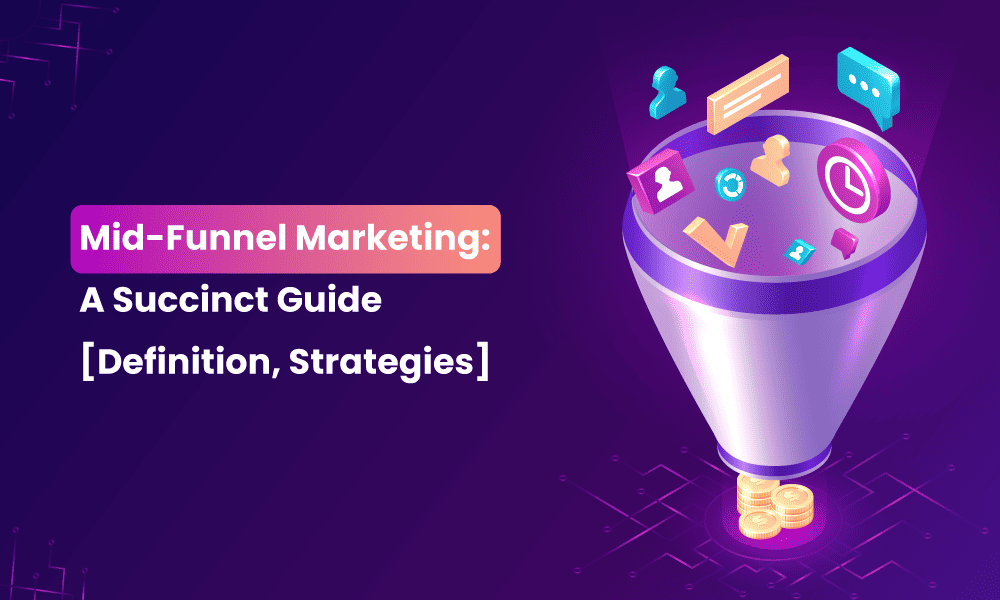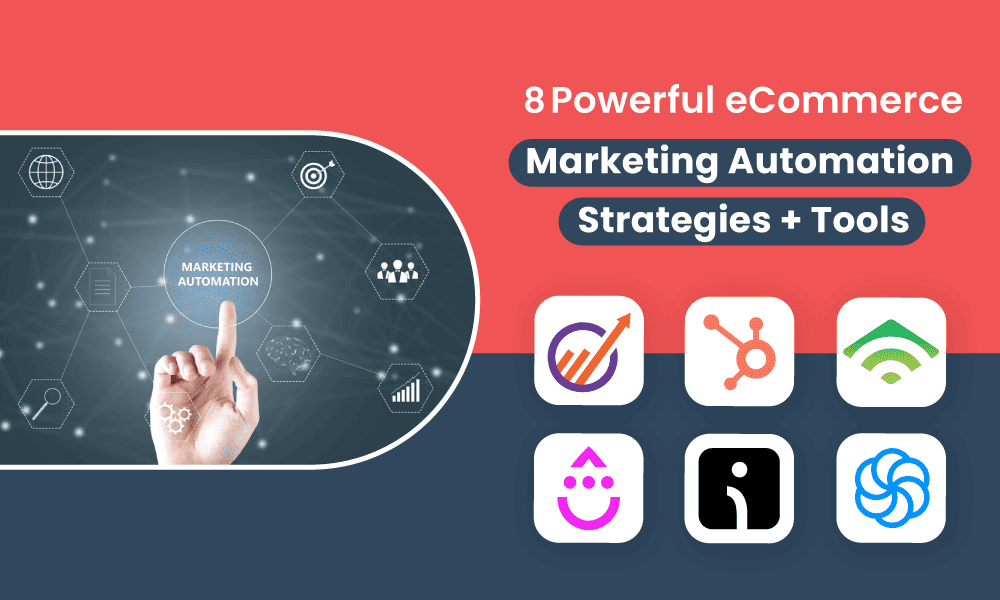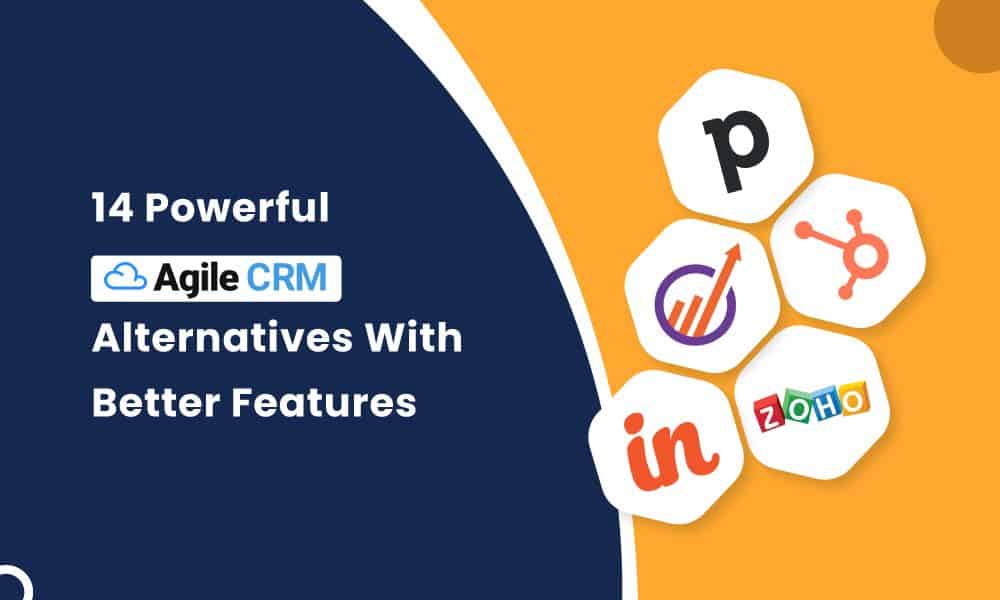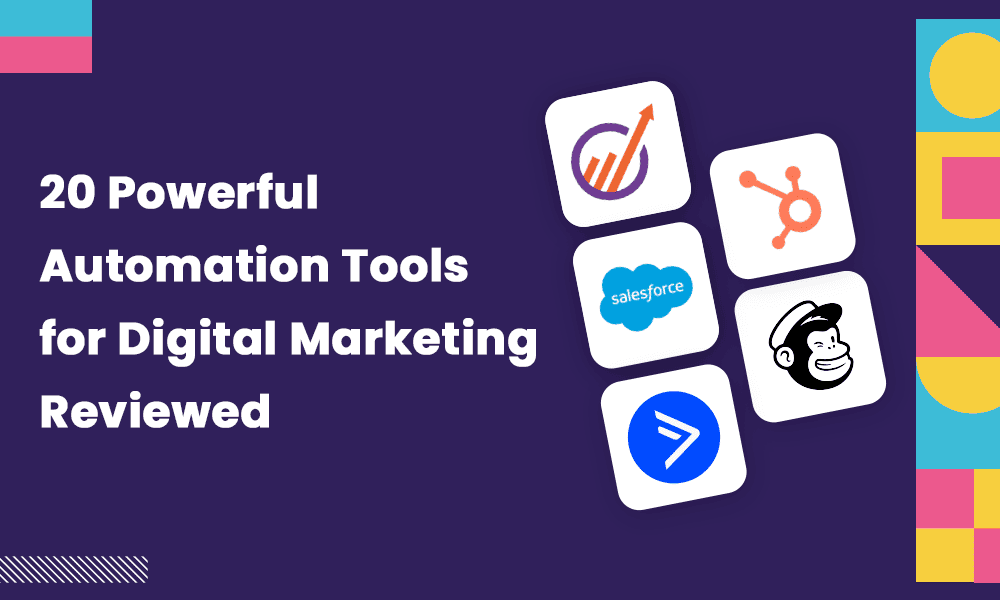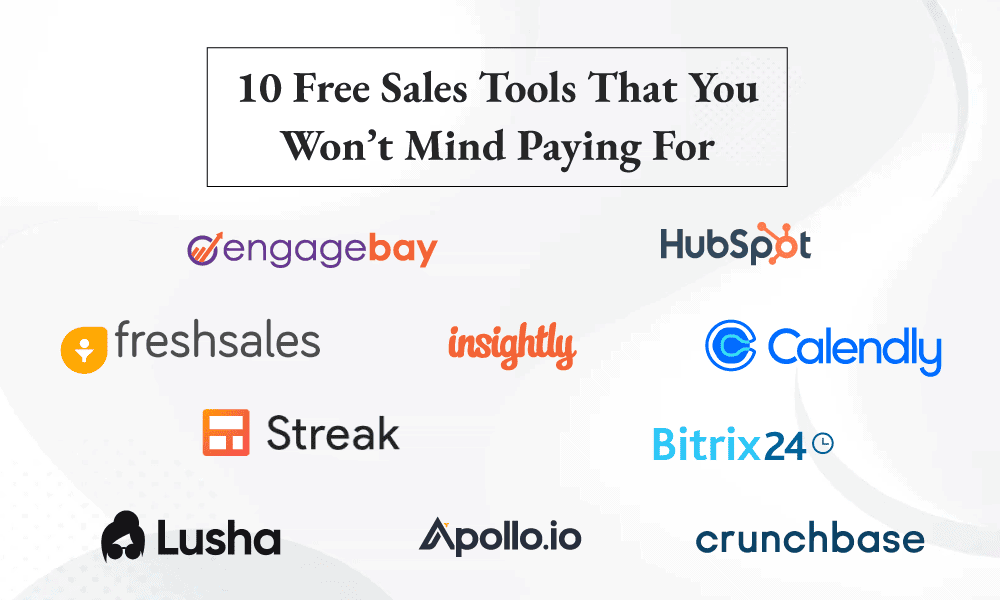Powerful Call to Action Phrases: 50+ Examples That Skyrocket Click-Throughs in 2025
Would you be more likely to click on a call-to-action that said ‘Click here,’ or does ‘Unlock your free guide’ […]
Powerful Call to Action Phrases: 50+ Examples That Skyrocket Click-Throughs in 2025 Read More »

